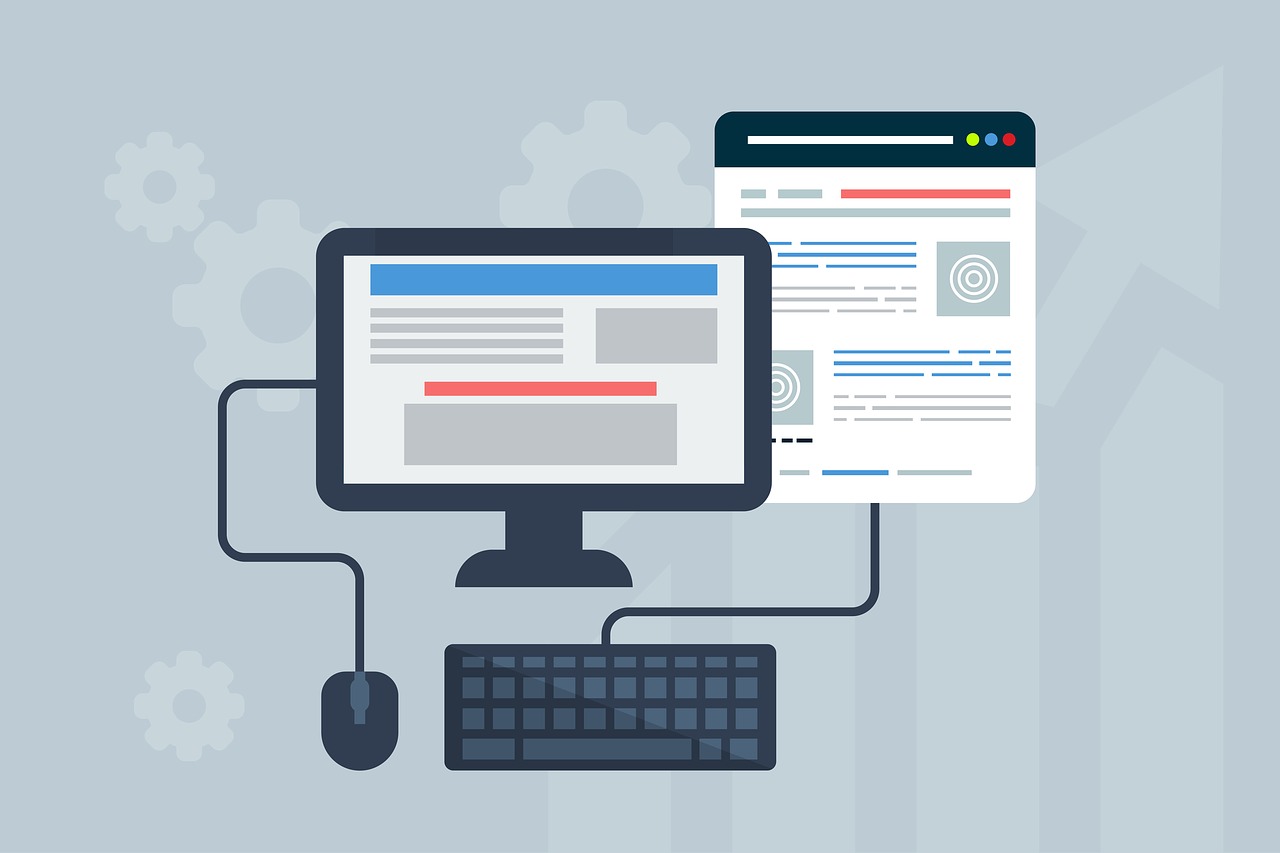Usability, accessibility, and inclusion are considered to be the three major aspects to consider while creating a website or any form of web content. As in the case of any public entity, it is mandated by law for the websites also to be compliant with the ADA (Americans with Disabilities Act) standards.
As we stated above, all aspects of usability, accessibility, and inclusions needed to be closely taken care of while engaging in web development or digital marketing activities. In this article, we will discuss the distinct specifications and overlaps between usability, accessibility, and inclusive standards of web design. Ensuring it will help maintain a keen focus on accessibility for people with disabilities or old age issues, which in turn contributes towards better performance of web pages and content. 
The definition and considerations
Usability – It is all about designing web content to be efficient and satisfying to the users by ensuring optimum user experience. This include all general aspects of web elements while having an impact on users and don’t inappropriately impact the users with disabilities. It is noted that many of the general usability practices and researches in this line don’t address the actual needs of disabled people satisfactorily.
Accessibility – Accessibility deals with the discriminatory aspects of the web user experience for the disabled. Siteimprove accessibility means that those with disabilities too should be able to equally understand, interact, and navigate through the website elements the same way as for others. Accessibility also ensures that they can also equally contribute without any barriers.
Inclusion – It is about the diversity of web elements, ensuring appropriate involvement of everyone to the optimum. This is also mentioned as the universal design by the W3C specifications that have set some global standards of it.
The considerations include, but not limited to:
- 🔵 Easy accessibility for those with disabilities.
- 🔵 Quality of internet connectivity, software, and hardware.
- 🔵 Technical skills and computer literacy of users.
- 🔵 Economic condition.
- 🔵 Level of education and technology knowledge.
- 🔵 User demographics like age, gender, geographic location.
- 🔵 Languages and usages.
- 🔵 A user with low literacy.
- 🔵 Users with low bandwidth and using old technologies.
- 🔵 Infrequent users.
- 🔵 Mobile and other devices users etc.
The Web Content Accessibility Guidelines (WCAG) suggests many methods and guidelines for web accessibility to follow universally. Even when this exists, the developers, designers, project managers, or digital marketers tend to approach the accessibility aspects as a simple checklist by focusing only on the technical compliance of accessibility. As a result, the human interaction aspect of it sometimes gets compromised, and the actual purpose of accessibility is left unachieved.
So, the ideal approach is to combine the usability processes and accessibility standards with the need of real people to ensure make sure that the web design is not only technically, but also functionally meet the needs of disabled users. This is notified as accessible user experience or UX. Web developers and designers can incorporate the usability procedures and methods to make sure that the web content and user interface components ensure accessibility. Ensuring this not only encourages increased communication but also offers a significant advantage in terms of search engine optimization and online result generation also for businesses.